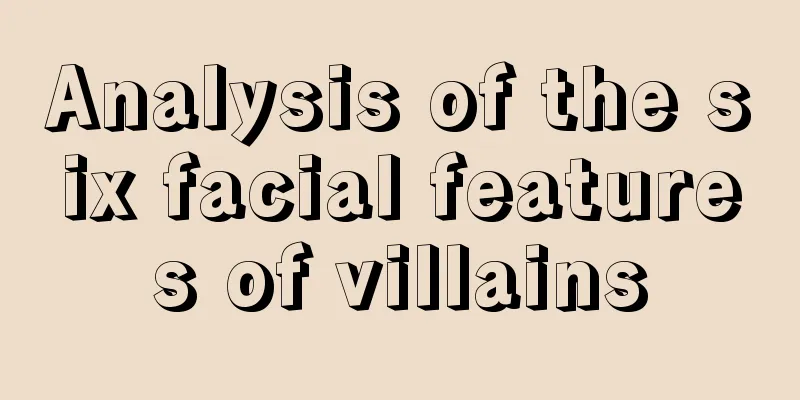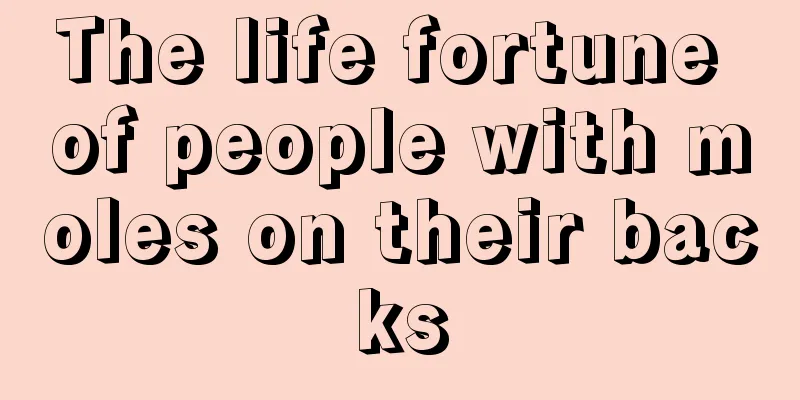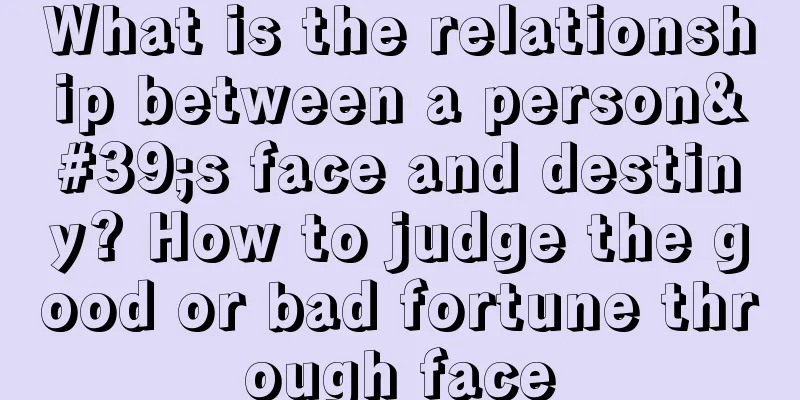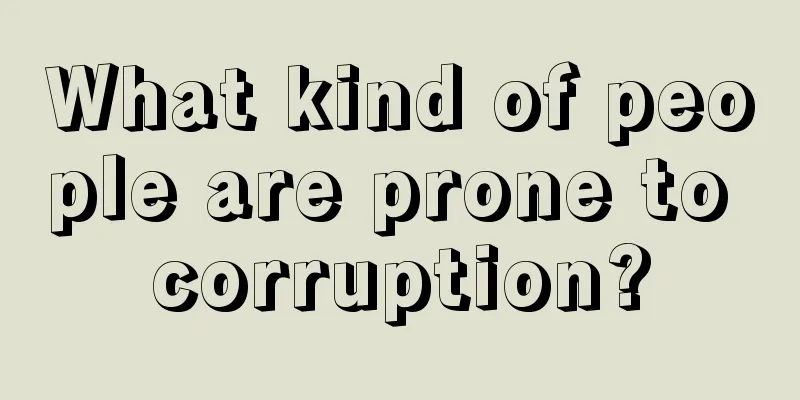The pandemic may give digital currencies a chance to shine
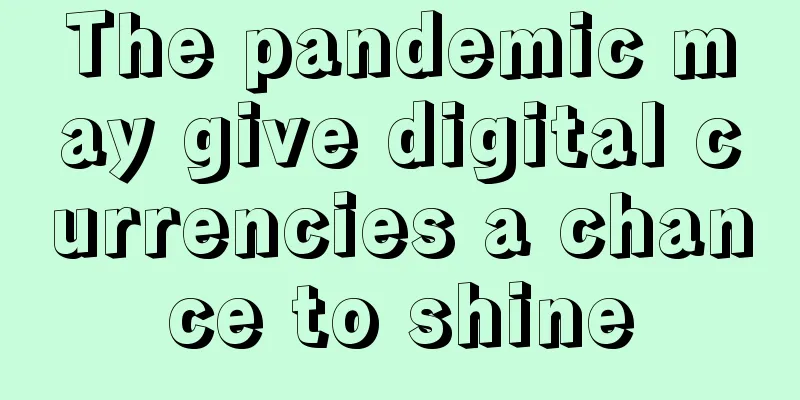
|
In times of crisis and great uncertainty, the need to find alternatives that can improve everyday life increases. Bitcoin appeared in October 2008, just six weeks after Lehman Brothers filed for bankruptcy. Since then, many other private cryptocurrencies have sprung up, and even central banks have begun to consider their own digital currencies. However, none of these digital currencies have been widely adopted. The coronavirus pandemic and its severe social, political, and economic impacts have given digital currencies a shining opportunity. Unlike cash, digital currencies would not be a potential source of virus transmission and would not require people to ignore social distancing when making payments. In addition, central bank digital currencies (CBDCs) available to the public could allow governments to send money directly to people as part of stimulus packages without having to mail checks. But will digital currencies, whether private or public, ultimately live up to their promise and become money? It seems not to be the case. First, cryptocurrency is an elitist currency. Bitcoin, the popular cryptocurrency of the moment, may appeal to the tech-savvy and the wealthy, but it fails to meet the needs of people fighting for survival. As Bitcoin enthusiast Peter McCormack reported on a recent visit to Venezuela, the people who would benefit most from Bitcoin cannot use it. The poor and less educated, who rely on cash and are most affected by inflation, do not have regular access to smartphones, the internet, or even electricity. This is a lesson for central banks. If they plan to issue a digital currency that can be used by banks and the public, they will need to adopt an “all or nothing” approach. Everyone – no matter how poor, uneducated or old they are – will have full access to the CBDC. Instability is the second reason why cryptocurrencies are still not enough to revolutionize the existing monetary system. Even if people from a country facing monetary chaos can seek protection from hyperinflation through Bitcoin, they will continue to face price instability. During the coronavirus outbreak, Bitcoin lost half of its value in a few weeks, which is different from the expectations of "digital gold". As usual, liquidity and security can only be found in US bonds and US dollars. So the issuer or the person behind the currency still matters. Faced with a doomsday scenario, sophisticated investors in Tokyo and ordinary people in Harare both trust the US Treasury and the Federal Reserve first. Does this mean that governments are more reliable than private issuers? Some governments don’t think twice before freezing bank accounts and restricting withdrawals during a crisis, as the Argentines and Brazilians did. Imagine what they could do with a CBDC! Not only that, but commercial banks already create nine-tenths of the currency in circulation. Bank deposits are the closest thing we have to a digital sovereign currency, and they are privately issued. To be sure, as Cornell law professors Robert Hockett and Saule Omarova emphasize, the modern financial system is a public-private partnership in which sovereigns take on privately issued liabilities (bank deposits) as their own. This franchise-like arrangement also means that when things go wrong, sovereigns must provide support in the form of liquidity assistance and bailouts. After all, “the entire faith and credibility of the sovereign” is at stake. If Bitcoin’s shortcomings can be avoided, privately issued digital currencies could be a credible alternative to the current public-private model. Global technology companies such as Google or Facebook are most likely to come up with an alternative in the short term. They could leverage their broad user base and geographic dispersion to quickly offer the public a digital currency that could facilitate not only local transactions but also cross-border payments. Facebook’s Libra is the first step in that direction. But Libra looks more like a security than a currency, and it is likely to be a short-lived project due to its flawed design. To avoid this fate, the Libra Association should shy away from the stablecoin model, which requires that the digital currency be backed by a basket of sovereign currencies. This feature might help the digital currency keep its value stable. But it also turns the currency into a digital claim on a portfolio of assets, like shares in a money market fund. If the Libra Association wants to create a true digital currency, it should bring Libra closer to the Bitcoin model. Libra can have an identified issuer, but it should also have its own unit of account, rather than relying on sovereign currencies for creation, transfer, or valuation. In this case, Libra can effortlessly bring public and private benefits. Since Facebook has 2.4 billion users, more than 1/3 of the world’s population can easily use Libra. Rich or poor, old or young, educated or illiterate, if these users already have access to Facebook, they can also easily use Libra. In addition, with a well-known and reliable issuer of Libra, Libra can gain public trust. As long as the Libra Association can overcome Facebook’s complicated history with privacy protection. The more trustworthy the issuer, the more stable and secure the currency. Against this backdrop, Facebook seems the only institution poised to launch an alternative currency in digital form that could be widely used and potentially stable. Regardless, finding the money of choice ultimately comes down to an important and age-old question: Who do you trust most (or least) to look after your money? Your government, Bitcoin’s developers and miners, or Facebook. Source: Coindesk |
>>: BTC encounters resistance at $6,800. Is the short-term rebound about to peak?
Recommend
Is the fate of a man with a mole on the left corner of his mouth good? What does a mole on the left corner of the mouth mean?
Moles appear on many people's faces, and mole...
Are long eyebrows a sign of longevity? What is the fate of people with long eyebrows?
People with long eyebrows usually appear in movies...
What does it mean if there is a circle on the Moon Hill of your palm? OK?
Many people have circles on the Moon Hill on their...
Palmistry: How will you make money?
Click to calculate your fortune These people are ...
How did ancient Chinese physiognomy tell fortunes?
All things in the universe depend on the sun and ...
Who stole your Bitcoin?
First of all, congratulations on Bitcoin official...
What does a triangle on the palm mean?
There are many miscellaneous lines on our palms, ...
Judging from the face which men are perverts? Pervert facial features
When you just join a new company, you meet a lead...
What is the fate of people with crooked noses? Will people with crooked noses have good luck?
People with crooked noses have little luck. If a ...
Is it good to have a mole under the left rib? What does a mole in this position mean?
Different moles have different meanings. The locat...
The world's first Bitcoin crude oil market emerges, challenging the authority of the US dollar
As we all know, no matter which country wants to ...
A person who can express directly what he is thinking
Some people are actually very bad at hiding thems...
The position of facial features of particularly spiritual people
There are always some people who can get good gra...
What is the mystery of nasolabial folds and facial features?
Nasal folds are wrinkles located on both sides of...
How to read palmistry without success line
The success line is one of the many palm lines on...
